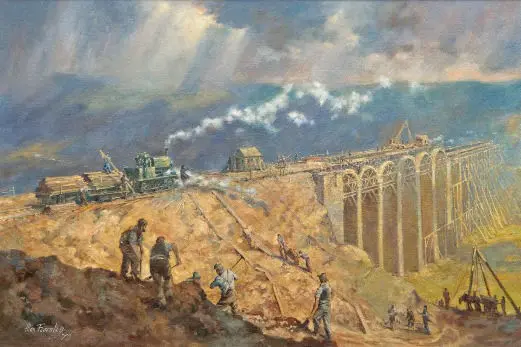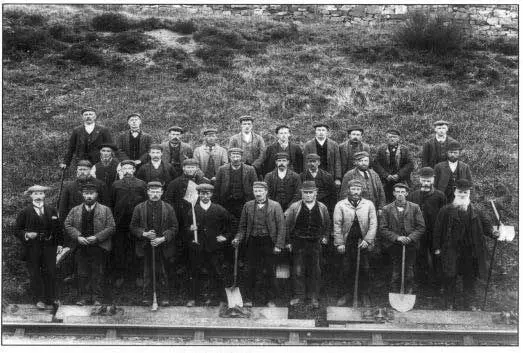Building the railway
The Settle to Carlisle Railway runs from Settle Junction formerly, in the West Riding of Yorkshire, to Carlisle in the historic County of Cumberland. The 73-mile-long line crosses the wild windswept moorland of the Yorkshire Dales and the North Pennines.
The Midland Railways started planning and surveying for the line in 1865, and work on £2.3 million project began in November 1869, and It was to become one of the great engineering feats of the Victorian era, with 19 stations, 14 tunnels and 22 viaducts to build, it took 7 years to complete.
6000 navvies were employed to build the line, and they were housed, many with their wives and family, in 9 makeshift encampments along the length of the line. Some of the camps were given exotic names, like Belgravia, Inkerman, Sebastopol, Jericho, Jerusalem and Jordan. Many of the navvies employed had worked on building the Crimean Grand Central Railway during the Crimean War in 1855.
The largest shanty town was called Batty Green, where over 2000 people lived, and 130 horses were stabled, during the building of the section of line from Ribblehead Viaduct and Blea Moor Tunnel to Dent Station.
Batty Green not only consisted of residential huts, but a mission room, day and Sunday Schools, a public library, post office, shops, brickworks, hospital, stables, tramway and engine maintenance shed.



